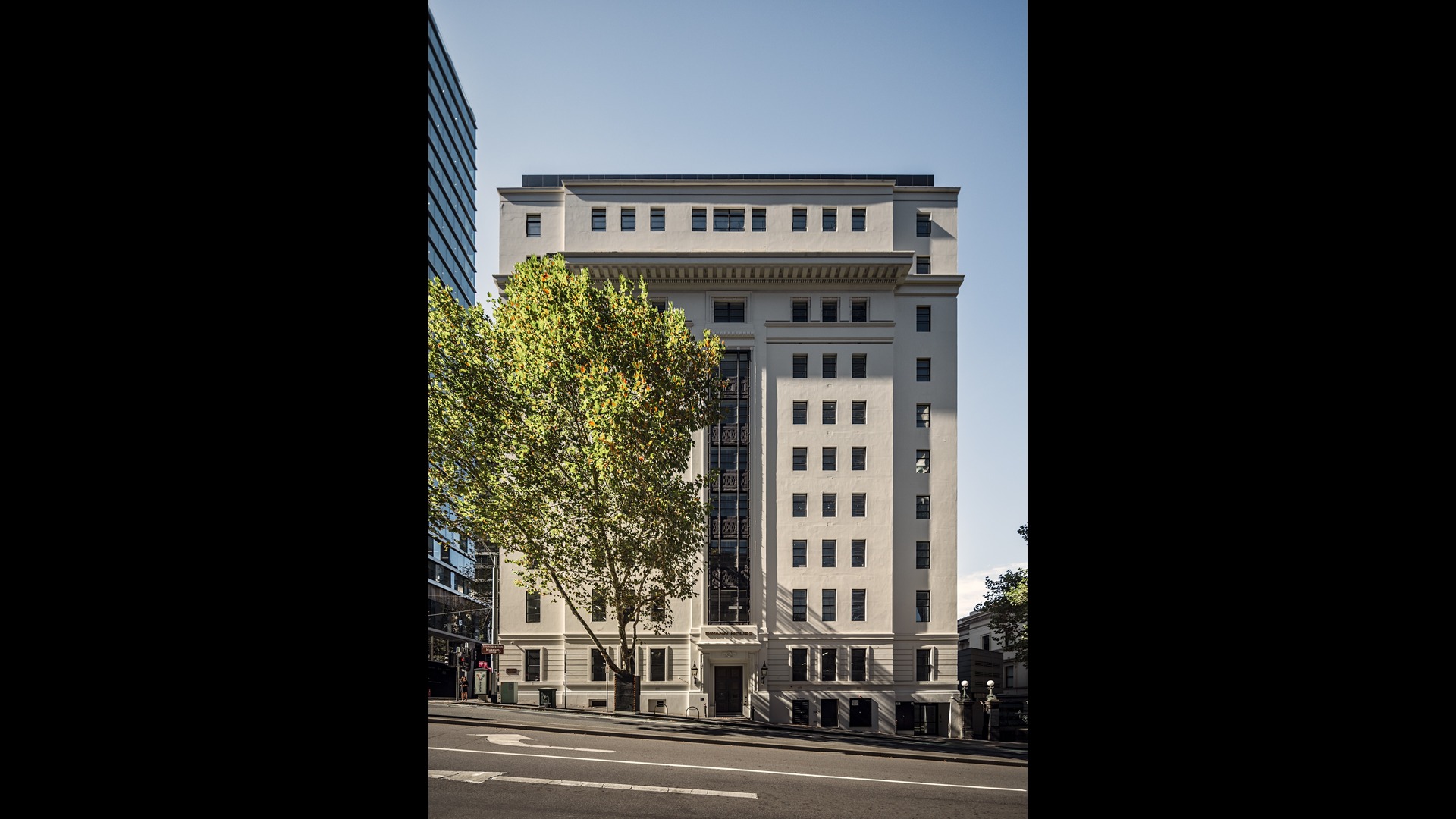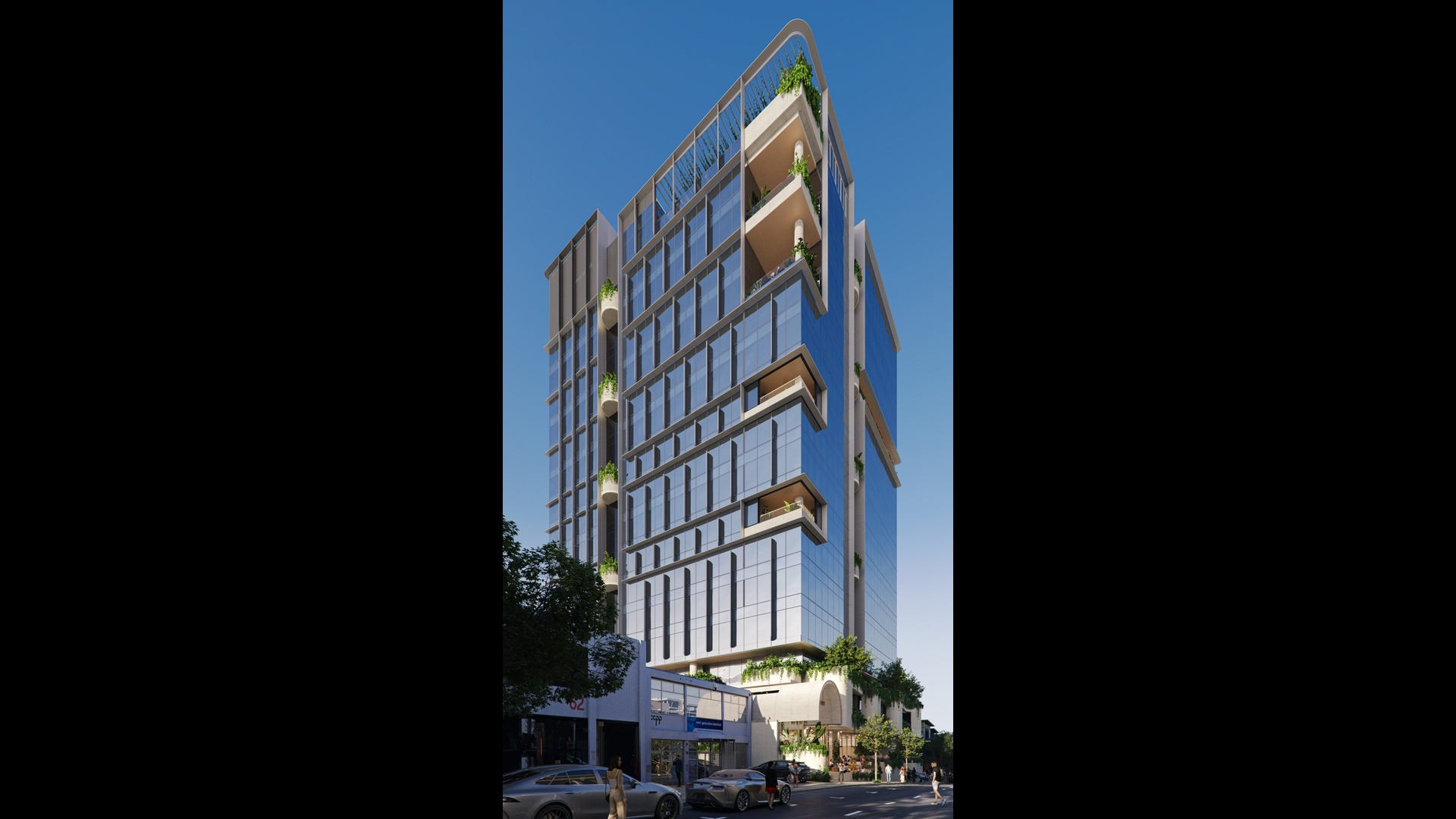
Preliminary analysis of commercial sales for the 2022/2023 period has resulted in $62.30 billion in sales across approximately 7,100 transactions. Rising interest rates throughout the financial year have taken a toll on commercial sales activity, with results achieved this year 37.6 per cent behind results last financial year, which approached $100 billion. Last financial year we saw a rise of new entrants into the commercial market, with private buyers taking advantage of low interest rates and speculating in various commercial asset types in a rapidly reducing yield environment.
Fast forward 12 months and the upward pressure on interest rates has started to see investment yields increase and many non-experienced buyers have retreated. Overall activity has slowed as uncertainty in the economy and the future of interest rates has seen both buyers and sellers be more considered in their investment decisions. The sense of FOMO which was rampant in 2021/2022 has subsided with investors opting for a “wait and see” attitude, not dissimilar to the COVID-19 period in 2020/2021, where volumes achieved $45.79 billion. As a result, listing numbers have reduced and the pool of buyers is limited, however, during 2023, we have started to see more distressed assets come to the market which is expected to be a feature of the next 12 month period.
This year we saw NSW continue its charge as the number one state for investment, recording more than $24 billion in sales. This has fallen by close to 40 per cent on last year’s results which is similar to Queensland investment. Queensland was a market which saw one of the largest upticks in investment activity in 2021/2022, as a response to strong interstate migration supporting office, retail and industrial demand, notably in south east Queensland. Volumes this year have not been able to keep pace. Victoria, however, has seen just a 33.7 per cent reduction in sales activity over the year while South Australia and ACT results were most aligned to last year falling just 18.1 per cent and 5.8 per cent respectively.
Western Australia was another market which saw strong upticks in transaction activity off the back of population movements as well as interstate buyers looking to the affordability and strength of various commercial asset classes in WA. With buyers looking for affordability and greater returns, many buyers did look at markets such as Tasmania and the Northern Territory which historically have had limited turnover. These markets have taken a tumble in volumes of close to 70 per cent this year compared to last year’s results. Buyers in the current market have reverted back to the long term fundamentals of location, which is expected to continue over the next year, keeping east coast markets the major contributor to sales activity.






